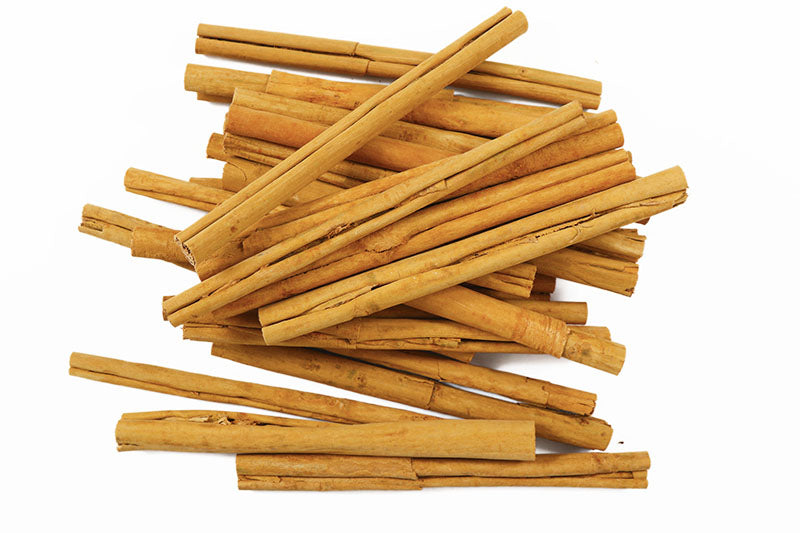What is the origin: How do you grow cinnamon?

Cinnamon has a rich history that dates back to ancient times, and its production involves a fascinating process of harvesting and processing. It is derived from the bark of trees belonging to the Cinnamomum family and is used in various culinary and medicinal applications around the world. Let's delve into the journey of how cinnamon is made and harvested.
How to grow cinnamon
Cinnamon has its origins in Sri Lanka, also known as Ceylon, where it has been grown for over 2,000 years. Sri Lanka continues to be a major producer of high-quality cinnamon to this day. Other countries such as India and Madagascar also cultivate cinnamon, but Sri Lankan cinnamon, known as Ceylon cinnamon, is highly prized for its superior flavour and aroma.
Cinnamon trees are evergreen and typically grow in tropical or subtropical regions. They require a warm and humid climate with well-drained soil for optimal growth. The trees can grow up to 20 meters in height and are often pruned to encourage the growth of new shoots for cinnamon production.
How is cinnamon harvested?
Cinnamon trees are typically harvested when they are 2-3 years old. The outer bark of the tree is carefully peeled off, revealing the inner bark, which is the valuable cinnamon layer. The inner bark is then scraped off in thin strips using a special knife or tool, in a process known as "stripping."
The timing and technique of harvesting are crucial, as the quality of cinnamon depends on it. Skilled cinnamon harvesters, known as "peelers," need to carefully remove the bark without damaging the tree, as the tree's health and vitality directly affect the quality of cinnamon produced.
After the inner bark is harvested, it is left to dry for several hours, during which it curls up and forms the familiar cinnamon quills, also known as cinnamon sticks. These quills are then sorted based on size, colour, and aroma, with the highest quality cinnamon sticks being tightly rolled and possessing a sweet aroma.
How is cinnamon made?
Once the cinnamon sticks are sorted, they may undergo further processing depending on the desired end product. Most cinnamon sticks are used as they are, but some may be ground into cinnamon powder for culinary use.
To ensure the preservation of the cinnamon's flavour and aroma, the cinnamon sticks are stored in airtight containers away from moisture and heat until they are ready for use. This helps to maintain the freshness and quality of cinnamon.
Different Types of Cinnamon
There are several types of cinnamon available in the market, with the most common ones being Ceylon cinnamon (Cinnamomum verum) and Cassia cinnamon (Cinnamomum cassia). Ceylon cinnamon, commonly referred to as "true cinnamon," is considered to be of higher quality and has a more delicate and complex flavour compared to Cassia cinnamon, which is stronger and slightly bitter.
In addition to Ceylon cinnamon and Cassia cinnamon, there are other varieties such as Saigon cinnamon (Cinnamomum loureiroi) and Indonesian cinnamon (Cinnamomum burmannii), each with its unique flavour profiles and uses in culinary applications.
Conclusion
Cinnamon is a beloved spice with a long history and a fascinating production process. From the careful harvesting of the inner bark of cinnamon trees to the drying and sorting of cinnamon sticks, the production of cinnamon requires skill, expertise, and attention to detail.
Whether used in baking, cooking, or for its medicinal properties, cinnamon adds warmth, depth, and aroma to various dishes and beverages. So, the next time you sprinkle cinnamon on your oatmeal or brew a cup of cinnamon tea, take a moment to appreciate the journey of how this cherished spice is made and harvested, and the labour of love along the way.
If you would like to try some high-grade tea be sure to check out our extensive range of products at Ceylon Boutique
https://www.ceylonboutique.com/collections/cinnamon
